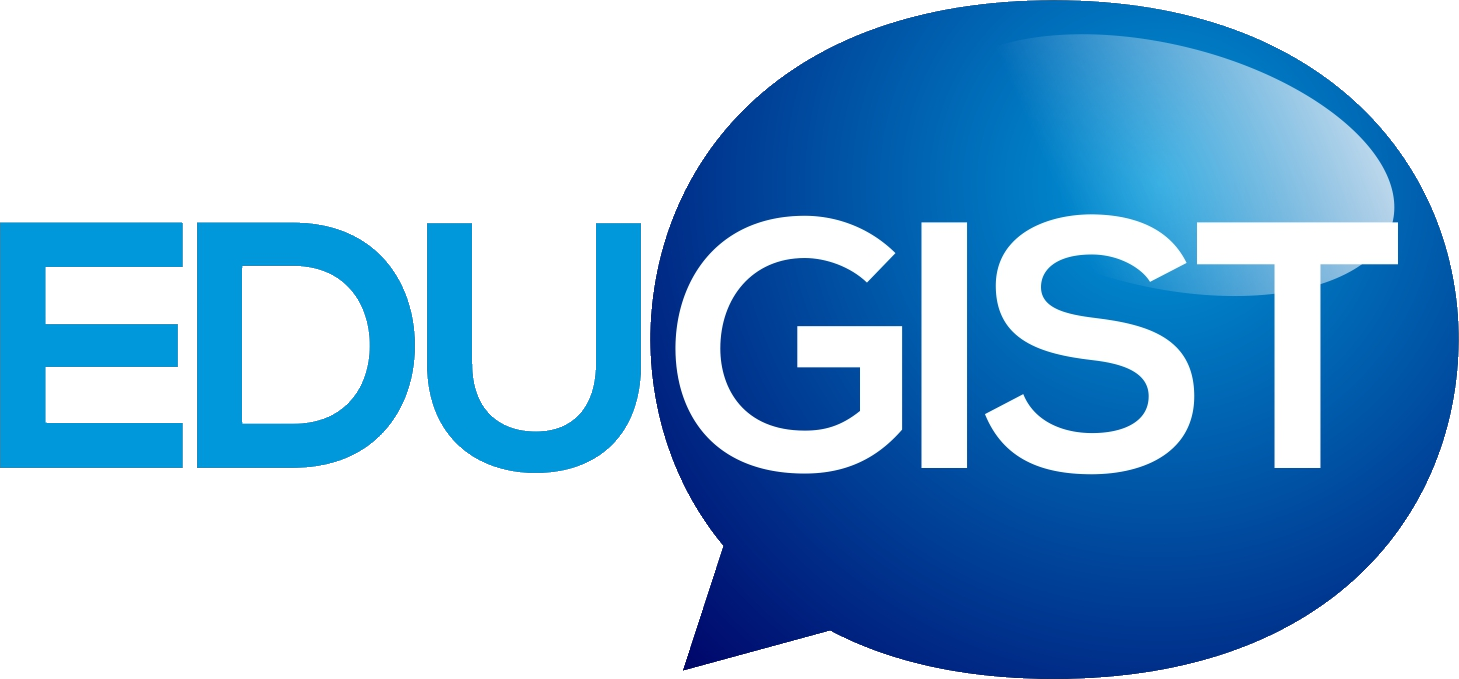Instructional materials influence students’ learning outcome and promote efficacious pedagogic delivery.
Teaching is a complex exercise. Positive results are often expected after each exercise. To achieve this, instructional materials play some vital roles.
After several failed attempts to achieve his aim, the last attempt was a success. Hardly had the teacher entered the class when the pupils began to react fiercely to the offensive odour that engulfed the whole class. The teacher himself covered his nose while the pupils were busy accusing each other. No one claimed responsibility for the pollution.
Soon, the teacher rubbed out the board, drew some lines and wrote the topic on the board.
“Silence!” he ordered. A deafening silence descended. “As soon as I entered the class, I farted,” the teacher confessed. 😀😀😀 His confession was greeted by hullabaloo. 🙆♂ But the teacher ignored the pupils’ reaction. Having displayed his teaching aid, he evaluated the class to ascertain if learning had truly taken place. Next, he wrote three topics on the board and asked the pupils to choose a topic relevant to the present situation: Environmental Sanitation, Air Pollution and Personal Hygiene. A larger percentage of the class chose Air Pollution. “Fantastic, learning has taken place,” he happily announced.
In this modern period, a teacher cannot successfully deliver without the use of instructional materials.

Mr Alao and his pupils
First, instructional materials help facilitate understanding in the class. Like the case I cited, the pupils have had a good understanding of air pollution. Teaching without instructional materials amounts to a fruitless exercise.
Also, instructional materials aid retention. What the students see will be remembered for life. The instructional materials could be concrete objects such as water, bird, scissors, etc. When I taught a class proper nouns, I looked for old calendars, newspapers and textbooks. I cut out the names of days and months on the calendars and pasted them in the students’ books. I cut out names of people, places and products in the textbooks and newspapers and also pasted them in their note books. I did this to retain the knowledge.

A teacher and her pupils
Instructional materials remove stress. Teachers who use often them in the class find it easy to impart knowledge to the students. Whenever I want to teach verbs, I download videos of action words that most students, even teachers, are not familiar with before the class. I watch the video, and I demonstrate the actions in the class. Verbs such as strut, prick, smart, thud, etc., will have been written on the board for the students to choose the most appropriate one that best describes each action I demonstrate. I will use the audiovisual instructional materials to aid my pedagogic delivery. Students understand this better than teaching-learning activities without teaching aids.
Using instructional materials in the class also distinguishes a teacher from a “CHEATER”. It is professionally unethical to teach without instructional materials. It is an amateurish pedagogic style associated with the intruders in the teaching profession.








